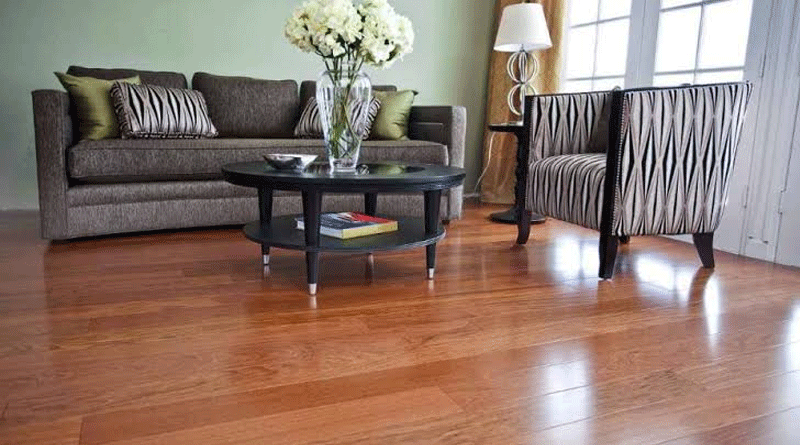Ecological Buildings: The Green Revolution in Construction?
Why are ecological buildings better? When it comes to the design process, structural advantages and actual construction, there is no trumping the ecological building. They captured the attention of investors and developers alike because they are a better, more cost-efficient alternative to the modern buildings we have. But what precisely, is wrong with the modern buildings lining our blocks?
Out with the Old: Ecological Buildings
Let’s take a look at some statistics. Of all the recently renovated or newly built buildings, 30% expose occupants to chemical-laden or stale air, not to mention molds. As a result, these occupants suffer from what we call the sick building syndrome. Human staff are by no means the only victim of these buildings. The environment suffers, too! Modern buildings use up a rough estimate of 40% of the world’s energy and building materials. Approximately 55% of the wood that is cut for non-fuel purposes go to the construction of these buildings. All these considered, it comes as no surprise for developers and investors to gradually shift the focus from modern to ecological – when it comes to building design.
In with the Green : Ecological Buildings
Are ecological buildings similar to green buildings? Not really. Unlike a green building, an ecological building promotes a mutually beneficial relationship among the various elements and systems that come to play in, within and with the building. A green building, on the other hand, simply reduces the building’s negative effects to the environment. The crucial difference is, thus, this: green buildings minimize negative effects; ecological buildings maximize benefits.
Ecological buildings are big on the following environmental concepts:
Refurbish. Although an ecological building can be made of new materials and using new construction methods, making use of old structures and improving what is already there are two huge parts of the ecological building process.
Reuse. Stones, bricks, timber joints, and steel beams from demolished buildings are reused in ecological buildings and they form part of a new construction.
Recycle. Artificial slates, building boards, and other materials can be fashioned from broken concrete and debris of demolished structures.
Ecological designs reduce the quantity of new materials used in new construction by increasing the efficiency and effectiveness of these materials. Moreover, ecological buildings are constructed using recycled materials. Thus far, timbre remains to be the most renewable material source. However, timber use should be carefully planned and managed to prevent decay and deterioration.
So why ecological buildings are better? Here’s food for thought: the ING Bank’s new headquarters is an ecological building. In making it, scientists, engineers, architects, and its future tenants worked together to come up with solutions to make the structure ecological in the truest sense of the world. The result of this collaboration? A healthy, efficient building that raked in $3.4 million in annual savings. Clearly, not only is an ecological building a more conducive place for a healthier, better-performing workforce, it’s also one that allows you to reduce power costs and save tons.

